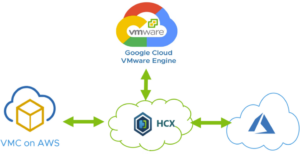When I used to manage on-premise virtual environments, there was always VMs that were no longer needed/used. Other team members would request VMs for specific reason and they would forget over time, move on to different companies, and the VMs would linger in our datacenter forever. We had the ability to run reports to identify idle VMs, but not all were fully idle all the time so they were hard to identify, even harder to guarantee with 100% certainty they were no longer being used so we could proceed to shutdown and decommission.
How do you keep track of these workloads whether they are VMs or containers? Do you leverage tags? Automation? User ownership? Other?
On this article being shares below, they focus mainly on containers, but I am sure anyone who has ever managed a virtualization environment can relate to some of it.
Cloud Native Cost Concerns:
“Within containerized ecosystems, there’s often a big gap between reserved computing and actual utilization. “Developers tend to overestimate the required resources (number of instances, memory amount or CPU power) to avoid not having enough resources during runtime,” according to the YotaScale blog. As evidence, a recent DataDog container report found nearly half of production containers use less than 30% of the requested CPU and memory capacity.”
Responding to Hidden Container Costs
“To combat rising container costs, Razzaq encourages holding developers accountable for reserving resources and overseeing utilization. He advocates empowering developers themselves with self-service capabilities to observe per-product and per-service consumption. “It puts control back in the hands of developers on what to reserve or what not to reserve,” says Razzaq.”
Optimizing Containers and Kubernetes
“As more and more organizations master Kubernetes, optimizing Kubernetes cost is the next logical step. To do this, be strategic, think about engineering empowerment and consider sustainability. “If IT can instill a culture of accountability, self-service and autonomy, you’ll have a win-win situation,” says Razzaq.”
Read more here on this interesting article about hidden containers cost
Disclaimer: Image belongs to containerjournal.com



